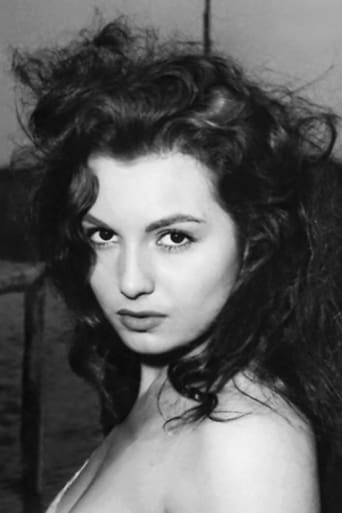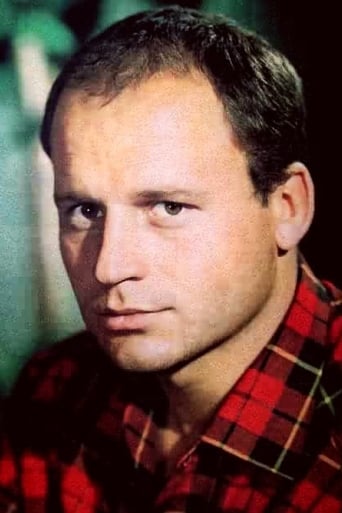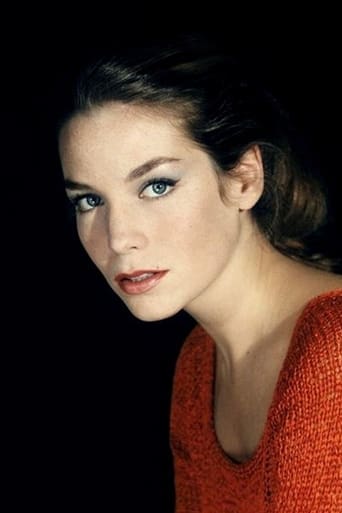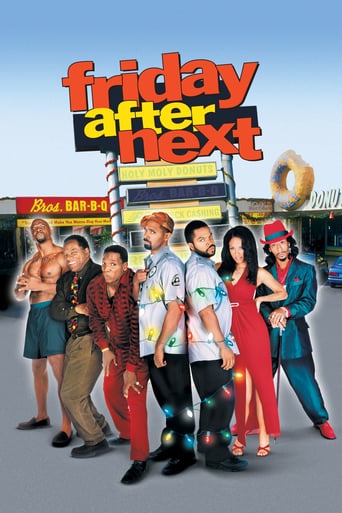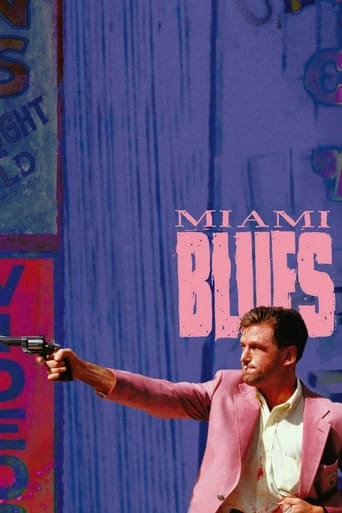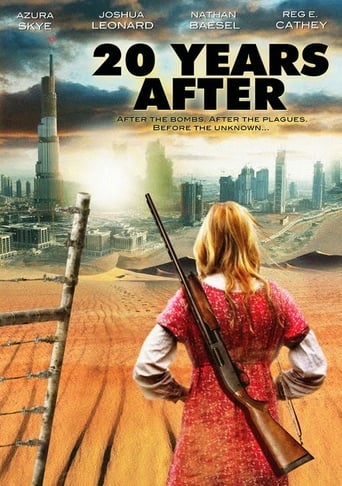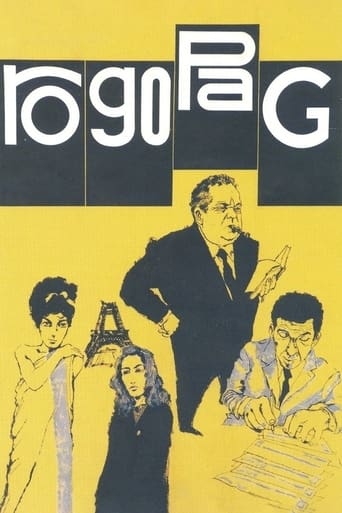
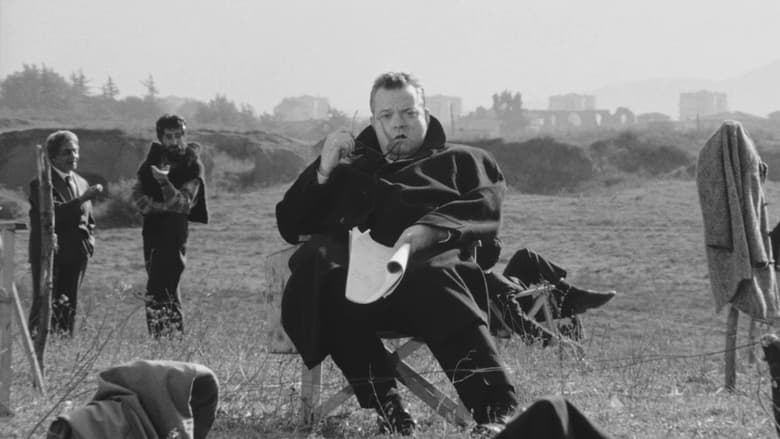
Ro.Go.Pa.G. (1963)
Four short films by four different directors dealing with the principles of modern life.
Watch Trailer
Cast


Similar titles
Reviews
Some things I liked some I did not.
just watch it!
Intense, gripping, stylish and poignant
The film may be flawed, but its message is not.
RO.PO.PA.G, 1963. Been waiting for years to catch up with this Nouvelle Vague curiosity item somewhere -- and finally did at the Cinemathèque in Paris. This French-Italian production from 1963 is comprised of four episodes directed by four acclaimed European directors: Roberto Rossellini, Jean-Luc Godard, Pier Paolo Pasolini, and Ugo Gregoretti. Its short title, Ro.Go.Pa.G., borrows the initials of their names. This compendium Omnibus film by the four prestige authors, consists of four short films, in order: RO. Rosselini's 'Chastity' ('Illibatezza') -- GO. Godard's 'New World' ('Il Nuovo Mondo') -- . PA. Pasolini's 'Curd Cheese' ('La Ricotta') -- and G. Gregoretti's 'Free Range Chicken' ('Il Pollo Ruspante'). Viewed on Friday night Dec. 27, 2013 at the Cinémathèque. Overall, Rogopag was a big disappointment.Rosselini, Part 1, started out great examining the psychology of the in-flight crew on a long distance Alitaia Flight to Bangkok, but then got way out of hand with the story of a balding middle-aged nebbish stalking a good looking young Italian stewardess and some BS about the guy back home looking at the footage she shot in Thailand.PART 2. Pasolini, with a very pudgy faced Orson Welles in a guest shot directing a film about the crucifixion in some poor backward village. Villagers volunteer to appear as extras just to get some free food. This segment opens, in color with two guys doing a frenzied twist, and flips back and forth from color to Black and white --with speedup sequences, and a pudgy hapless zhlub on one of the other crosses. Had things to say but I basically didn't care for the Pasolini style-- Toot discombobulated for my taste. Part 3: The Godard installment with young Canadian actress Alexandra Stewart, was a big borathon, based on the ridiculous premise that an A-bomb exploded 160,000 km above Paris, was too high to harm the city but exerts a profound affect on the minds of the people below. Ridiculous. Finally, Part 4, the Ugo Grigoretti segment -- about chickens in a restaurant. A pompous father lectures to a boy about the difference between free range chickens and "elevated" ones ~ an obvious parallel to human society. Then it goes into a really boring extended section about trying to buy land but not having the money. About as lively as a real estate ad. All in all, Ropopag was a two hour disappointment but a necessary filler-in on the culture of the New Wave flooding the film world in the early sixties. FIVE stars out of ten for Half-assedness.
Rosselini's "Chastity" deals with an attractive air hostess who receives the unwelcome attentions of a middle aged American. Godard's "New World" illustrates a post-apocalypse world the same as the pre-apocalyptic one but for an enigmatic change in attitude in most people, including the central character's girlfriend. In Pasolini's "Curd Cheese", a lavish film about the life of Jesus Christ is being made in a poor area. The impoverished people subject themselves to various indignities in the name of movie-making in order to win a little food. The central character is hoisted up on a cross for filming, and dies there. Finally comes Gregoretti's "Free Range Chicken" in which a family of the materialist culture inadvertently illustrate the cynical, metallic voiced doctrine of a top sales theorist.If IMDb is to be believed, not too many people have actually seen this film. And I have to wonder why, when it has three or four of the biggest names in Italian cinema, not to mention Orson Welles. This makes a great introduction to Italian film for those who need such an introduction. Others have compared it to "Four Rooms", which is an interesting parallel. Stylistically, the two have nothing in common, but it does have that interesting approach of four different directors creating one film...
1) "Illibatezza" ("Pureza" "Purity") Director: "Roberto Rossellini" - A Boring Tale of Obsession The Alitalia flight attendant Ana Maria (Rosanna Schiaffino) is harassed by the middle-aged American executive Joe (Bruce Balaban). A psychiatrist gives an orientation to her fiancé Carlo (Carlo Zappavigna), advising Ana Maria to behave like a slut, since the maniac is attracted by her chastity.This first segment of "Ro.Go.Pa.G." is very disappointing, especially because of the name of Roberto Rossellini in the direction. This boring tale of obsession is neither funny nor dramatic, and seems to be only an advertisement of Italian air flight company Alitalia. My vote is four.2) "Il Nuovo Mondo" ("O Novo Mundo" "The New World") Director: Jean-Luc Godard - A Dated Romance The boy-friend of the gorgeous Alessandra (Alexandra Stewart) is hardly sleeping, so obsessed he is for her. When she confesses that she is also in love with him, he sleeps for two consecutive days. When he wakes-up, he reads in the newspaper that there was an atomic super-explosion over Paris, but the specialists advise that without any effect in the population. However, Alessandra changes her behavior, ex-loving him, and he feels that a new world without logic and freedom may be arising.This second segment of "Ro.Go.Pa.G." is also very disappointing and absolutely dated in the theme and behavior, with every character smoking cigarettes all the time. It is a clear criticism to the menace of an atomic explosion in times of Cold War, and the absolutism of a world without freedom. The narrative in off makes the viewer expect some intriguing conclusion, but in the end it is completely failed and boring. My vote is four.3) "La ricotta" ("A Ricota") Director: Pier Paolo Pasolini - An Acid View of the Catholicism and the Dominant Classes While shooting "The Passion of Christ" in the periphery of Rome, the arrogant director (Orson Welles), actors, actresses and cast show their lack compassion with the poor and famine Stracci (Mario Cipriani).This segment is a very acid view of the Catholicism, and a criticism to the bourgeoisie and the behavior of the human beings in general. The character of Stracci symbolizes the poor people in the world, and how despised they are by the hypocrite dominant classes and the Catholic Church that prays for them. The use of black and white to represent the reality, and colors the fiction of the cinema world is also great. My vote is seven.4) "Il Pollo Ruspante" ("Frango Caseiro" "Home Cockerel") Director: Ugo Gregoretti - Powerful Criticism to Consumerism and CapitalismWhile traveling to see a field nearby a lake, a family does not resist to the appeal of the consumerism. Meanwhile, a famous professor presents to the dominant classes, procedures to increase the consumerism of ordinary people.This segment is a very explicit criticism to the exaggerated consumerism in the society. The scene when Togni (Ugo Tognazzi) and his middle class family goes to the restaurant is memorable. My vote is seven.My global vote is six.Title (Brazil): "Ro.Go.Pa.G."
I think Godard's segment is the best of this quartet: it is a quiet but powerful science-fiction story of the kind "The Twilight Zone" would have aired if that show were half as cerebral as it pretended to be. It reminds me a bit of Chris Marker's "La Jetee." Pasolini's film, by contrast, is of little interest to those of us who aren't tortured ex-Catholics; Rosselini's is pointless and boring; and Gregoretti's is a belabored presentation of a single joke -- and not a particularly funny or insightful joke at that.


